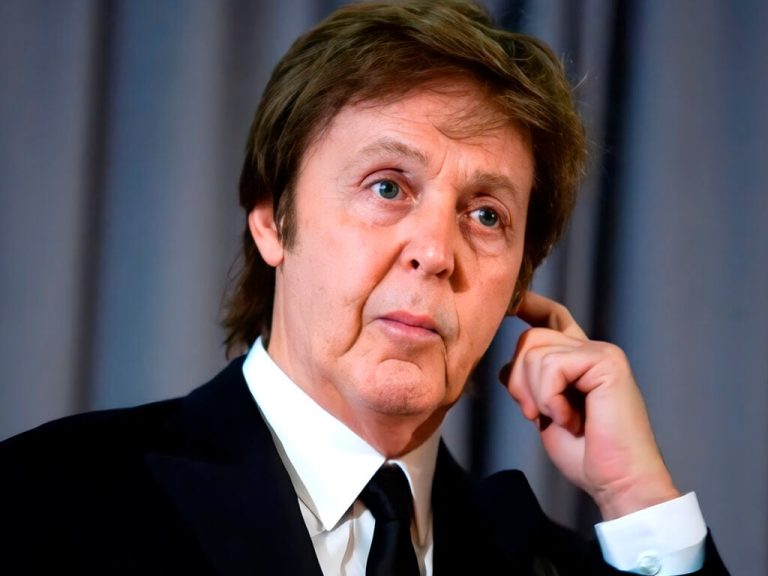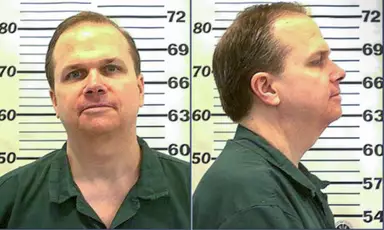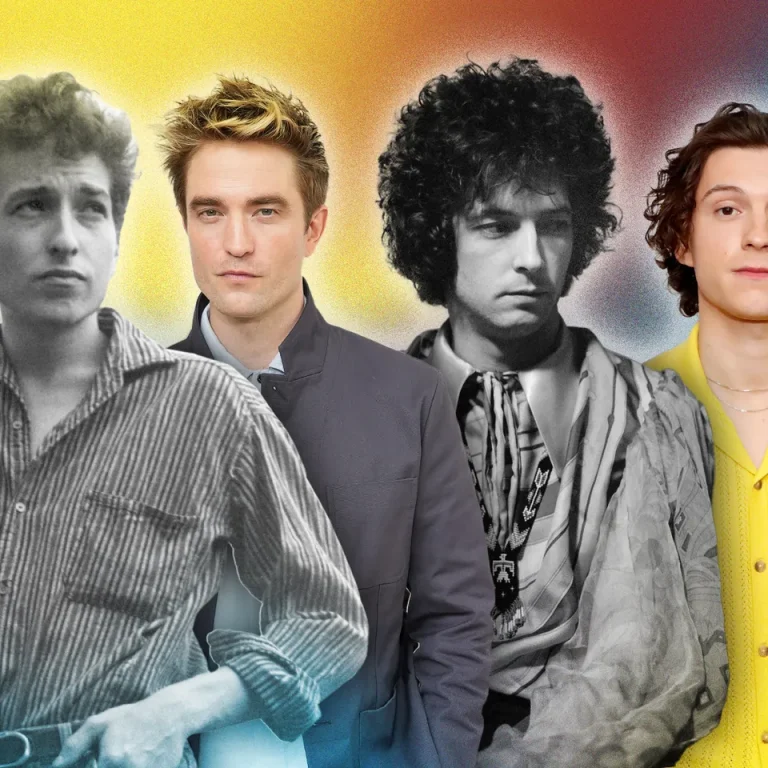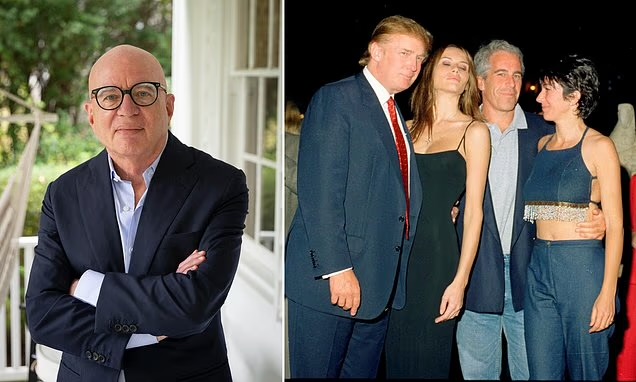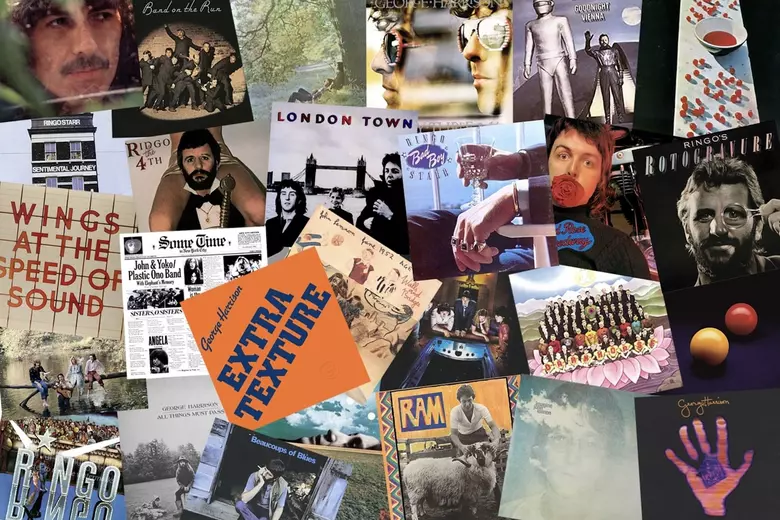
The 1970s marked a surprising shift in the solo careers of the Beatles. Contrary to expectations, George Harrison and Ringo Starr initially achieved more success than John Lennon and Paul McCartney. While Lennon and McCartney were widely viewed as the group’s primary creative forces, it was Harrison who made the biggest early impact, topping charts and selling millions of records. Starr, often underestimated during the Beatles’ era, also found himself enjoying unexpected commercial triumphs.
George Harrison led the pack with his 1970 hit “My Sweet Lord,” becoming the first Beatle to claim a solo No. 1 single in the United States. His follow-up, “Give Me Love (Give Me Peace on Earth)” in 1973, reinforced his success long before Lennon managed his own chart-topping single, “Whatever Gets You Thru the Night,” in 1974. Harrison’s spiritual and melodic approach resonated strongly with fans, helping him carve out a distinct post-Beatles identity.
Ringo Starr, meanwhile, defied expectations as well. His single “It Don’t Come Easy” achieved gold status before McCartney’s “Uncle Albert/Admiral Halsey” hit similar heights. Starr even enjoyed two U.S. No. 1 hits — “Photograph” and “You’re Sixteen” — by 1973, placing him on par with McCartney in terms of chart-topping singles. His easygoing charm and collaboration with his former bandmates made his music widely appealing during the early ’70s.
By contrast, John Lennon and Paul McCartney struggled to maintain consistent commercial momentum. While both produced critically noted works, their chart performances were less impressive compared to Harrison and Starr’s early runs. Lennon’s third solo project of the decade even failed to crack the U.S. Top 50, a stark contrast to his former bandmates’ successes.
In terms of overall album sales, Harrison remained far ahead. His debut solo album of the decade went seven-times platinum, a figure Lennon never matched across all his 1970s releases. McCartney’s first five albums combined only equaled Harrison’s total for one record. Starr, too, enjoyed two Top 10 albums during the same period, proving that in the early post-Beatles years, the so-called “lesser” Beatles had the upper hand on the charts.
